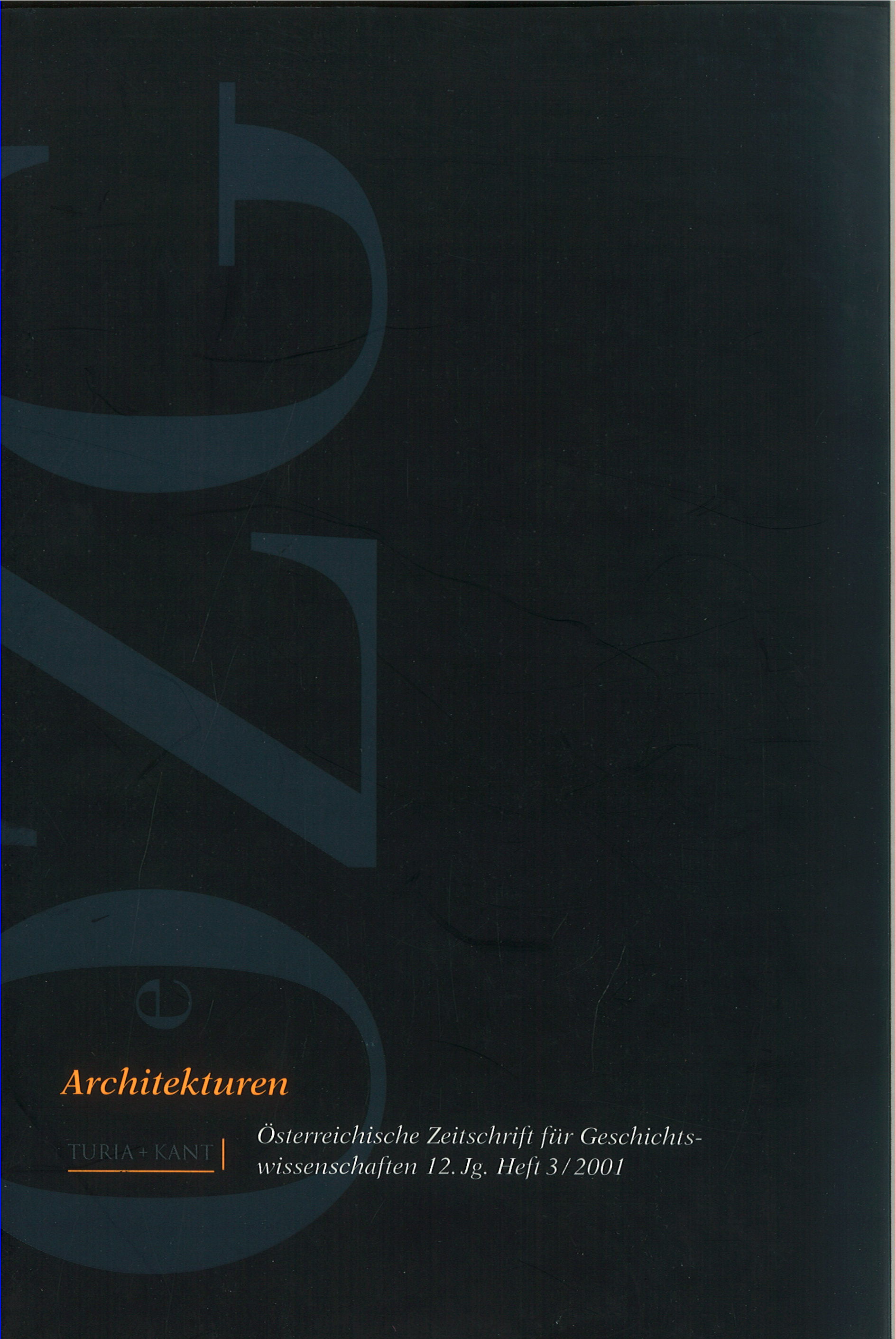Living statues
DOI:
https://doi.org/10.25365/oezg-2001-12-3-3Abstract
The author looks at the notion of movement in architecture, beginning with Futu- rism. Artists such as Boccioni, Marinetti and Sant'Elia expressively turned »the art of the becoming, the perishable, the transitory and the expendable« into their central concern, but unfortunately, they were never able to bring their projects to successful completion. Using the Futurist manifesto as a starting point, the author investigates theoretical debates throughout the ages pertaining to the notion of movement in art and architecture. The analysis looks at the concept of statues in ancient Egypt and Greece, describes the unsettling impact that photography caused in artistic circles towards the end of the 19th century, and continues right up to the philosophical discussions on space and duration by Henri Bergson and Edmund Husserl. Identifying a resemblance between Husserl's notion of Nahsphären and the Deleuzean notion of >smooth< - as opposed to >striated< - space, these discussions are then linked to current trends and concepts in architecture, such as the Hydrogen House in Vienna, designed by Greg Lynn.


